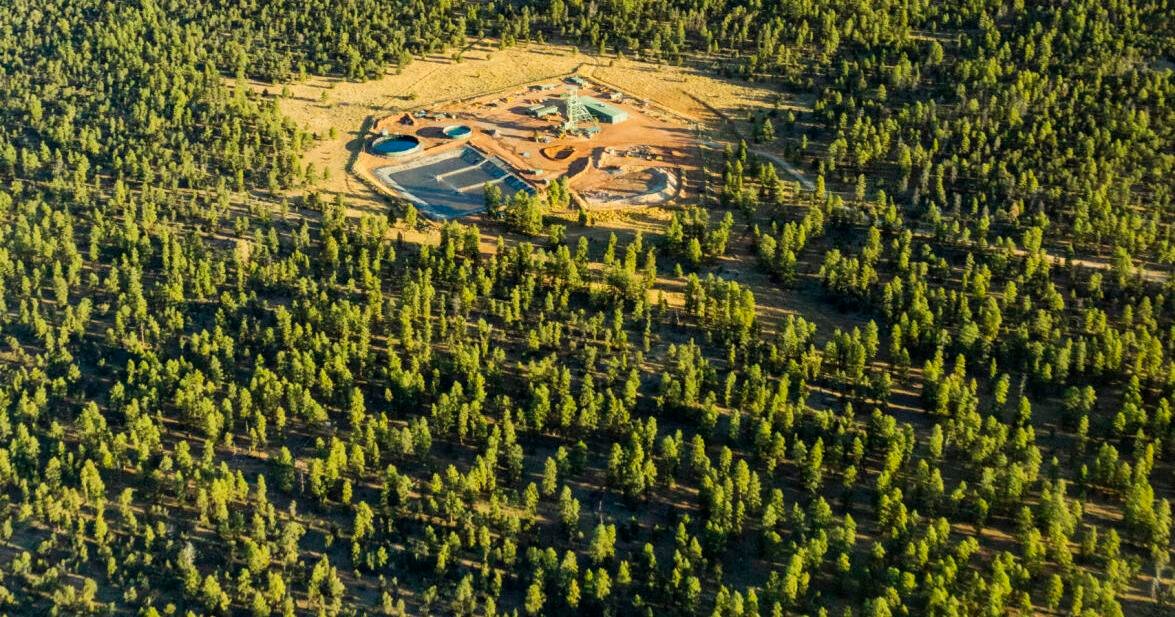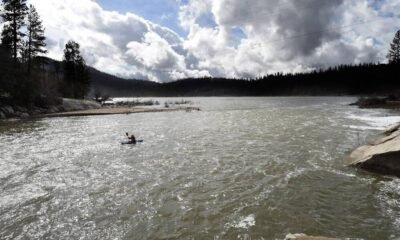Entertainment
Havasupai Tribe Fights Back Against Controversial Uranium Mine Despite Energy Fuels’ Safety Claims

PHOENIX – Carletta Tilousi remembers the day her community heard about proposed uranium mining near Supai. The Havasupai people, residing deep within the canyons adjacent to the Grand Canyon’s South Rim, have for decades opposed such operations in their territory.
“Our tribal leaders were approached and told that if you support this effort, we will provide education and support your tribe, since this is near your sacred mountain and aboriginal territory. The tribe said no,” Tilousi recounted. This resistance began nearly 40 years ago, and yet the fight against the Pinyon Plain Mine has intensified as mining operations commence.
Owned and operated by Energy Fuels Inc., the Pinyon Plain Mine recently resumed activities despite local opposition. The Havasupai’s concerns mainly center on the local water supply, vital for their community and the ecosystems surrounding famous spots like Havasu Falls.
With a name meaning “people of the blue-green waters,” the Havasupai’s connection to their land runs deep. Historically, uranium mining has posed threats to tribal nations across the Southwest, including the Navajo Nation, which has faced numerous health crises linked to exposure from past mining practices.
“I remember the stories that were shared about the illnesses that caused great suffering in their communities. This highlighted the dangers of uranium mining,” Tilousi said. This historical context underscores current anxieties as Energy Fuels began mining operations.
In 1984, Energy Fuels presented a Plan of Operations to extract uranium from the area, previously known as the Canyon Uranium Mine. Regulatory reviews followed, and by 1986, the project was approved. The Pinyon Plain Mine is estimated to contain 1.6 million pounds of uranium, one of the largest reserves in the U.S.
Strategically located between the Grand Canyon’s South Rim and Red Butte, the mine overlays crucial aquifers that serve as essential groundwater sources. Despite legal challenges from the Havasupai and other tribes, an appeals court ruled in favor of continuing operations in 1991.
The landscape changed in 2012 when former Secretary of State Ken Salazar issued a withdrawal, preventing new mining claims for two decades. Moreover, President Biden’s recent proclamation establishing the Baaj Nwaavjo I’tah Kukveni National Monument added another layer of protection against future mining activities.
However, the 1872 mining law allows previous claim holders to continue operations despite restrictions. Consequently, Energy Fuels, backed by existing approvals, proceeded with the mine’s reopening in December 2023.
“It’s unfortunate. There’s a lot of misinformation that creates fear among the community,” stated Curtis Moore, senior vice president of Energy Fuels. He emphasized that advancements in mining practices over the years have reduced risks to health and the environment.
Environmental studies endorsed by the U.S. Forest Service indicated minimal risks of groundwater contamination from the mine. Nonetheless, Arizona Attorney General Kris Mayes has urged for a comprehensive update of the environmental impact assessment, citing outdated findings.
Sandy Bahr, director of the Sierra Club’s Grand Canyon Chapter, advocates for a reevaluation of the mine’s impacts, highlighting new information that supports the Havasupai’s concerns.
Energy Fuels has faced backlash for transporting ore across Navajo Nation lands, igniting tensions with tribal leaders. In response, Navajo Nation President Buu Nygren enacted a temporary ban on this transportation, prompting ongoing negotiations.
As uranium extraction at Pinyon Plain Mine resumes, the Havasupai and allied organizations continue their efforts to safeguard their ancestral lands. “If we don’t advocate, then someone else will get hurt,” warned Tilousi, stressing the ongoing urgency for action.


















